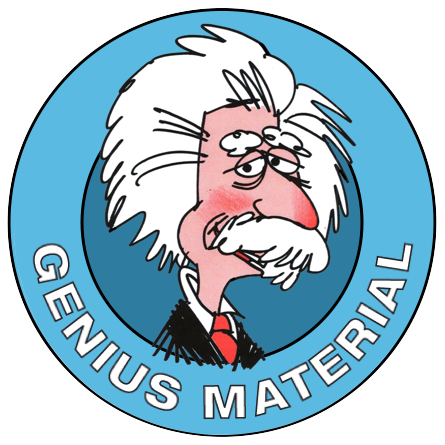 Are you, like me, old enough to remember, at school, staying in and writing lines, as some sort of atonement for a misdemeanour?
Are you, like me, old enough to remember, at school, staying in and writing lines, as some sort of atonement for a misdemeanour?
And, if you’re still writing lines, or at least, writing on lines when making revision notes, you’re punishing yourself!
It’s so much more effective to use plain paper instead.
Why?
Because, the problem with lined paper is that it encourages you to write in a linear fashion from left to right, starting at the beginning of the line and not moving on to the next until you have filled the one before. It doesn’t encourage you to use symbols, shapes, colours, space, bullet points, numbers, pictures etc – all the things that make your revision easy to recall.
Scientists tell us we can learn 6 times faster by using our visual skills.
Frankly, I’ve no idea how they work that out, but suffice to say – when it comes to processing and retaining visual information, boy, we’re gooood!
Our evolution means that we’re not overly interested in the sort of learning we try to do from text-books. There are far more exciting, interesting, essential and more rewarding things to attend to instead!
Like going to the pub with your mates!
And so, unless you can get your brain’s attention and interest, you’re going to doze off, or find something else to do, something really important or fun, that needs doing now.
Like emptying the dishwasher!
OK, maybe not more fun, but certainly a lot less hard work!
So you need to get your brain to pay attention and deliberately ‘suck’ up the info you want to learn.
One quick and obvious way to do this is by making it stand out visually – especially the bits that seem to be taking more effort to get into your brain.
 Visual tricks might include for example, making part of it bigger, a different colour, make it look peculiar, rude or funny. You could draw a silly association with it, or distort its meaning – whatever it takes to bring your visual attention to it.
Visual tricks might include for example, making part of it bigger, a different colour, make it look peculiar, rude or funny. You could draw a silly association with it, or distort its meaning – whatever it takes to bring your visual attention to it.
It wasn’t long ago that the marketing profession calculated that it took an average of 7 times of exposure to a message, for someone to respond to it. But all that’s changed.
We’re continually bombarded with information, often multi-sensory, multi-media experiences, and they now believe it takes 11 times for a marketing message to break through to our awareness and for us to take action!
With all that competition for your attention, of course, you have to do something to make your brain wake up to the information you’re trying to learn.
And using plain-paper, encourages you to get visually creative, thus speeding up how fast you can learn, and perhaps more importantly, remember what you’ve learned.

